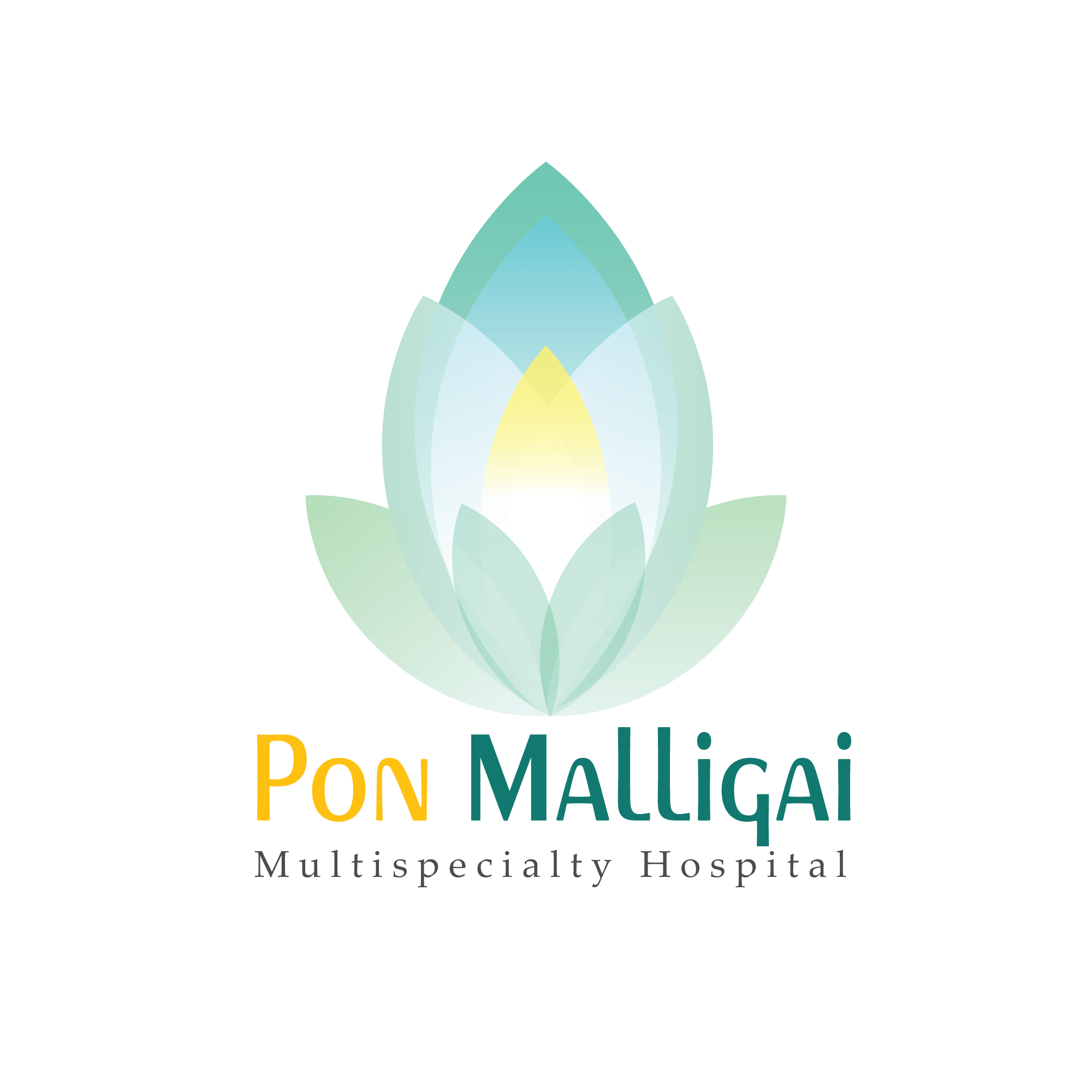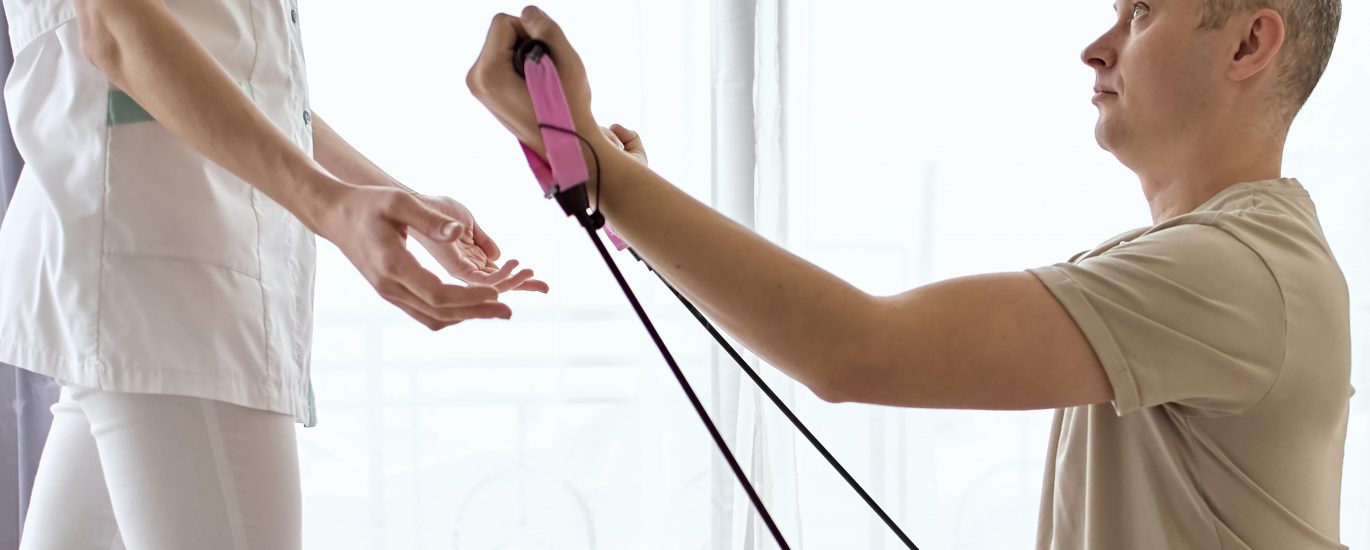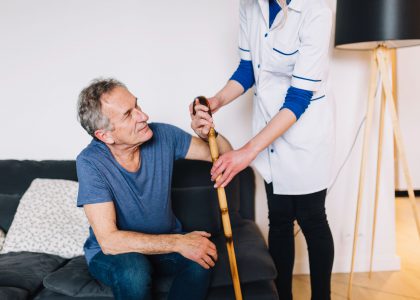Numerous physical and psychological changes that come with ageing may have an impact on our level of function and general wellbeing. Both the baby-boomer generation and overall life expectancy are ageing. We have to take care of our senior generation’s requirements and preserve the functional independence of the elderly. In order for society to prosper socially and economically, as well as for the patients’ well-being, elderly patients must get rehabilitation. This article will highlight some typical obstacles in elderly neurorehabilitation and provide solutions.
- Cognitive Decline: Treating cognitive decline is one of the most common problems in geriatric neurorehabilitation. A patient’s capacity to participate in and remember knowledge during therapy can be greatly impacted by conditions like dementia. It’s critical to use specialised strategies that emphasise repetition, multisensory signals, and the incorporation of technology—such as virtual reality and cognitive training apps—to get around this.
- Diminished Mobility and Balance: Neurological disorders and age-related musculoskeletal changes frequently result in diminished mobility and balance problems. These variables impede functional independence and raise the chance of falls. A comprehensive approach is essential to addressing this situation. Using assistance devices in conjunction with focused workouts, gait training, and balancing drills can significantly improve outcomes.
- Limited Motivation and Engagement: Over the course of the rehabilitation process, it can be difficult to keep patients motivated and engaged. This issue may be exacerbated by elements like exhaustion, melancholy, or disinterest. Motivation may be reignited and a sense of achievement can be fostered by implementing patient-centered solutions, setting realistic objectives, and adding fun activities like interactive games or music therapy.
- Multimorbidity and polypharmacy: A large number of elderly people arrive with many medical illnesses, and they are frequently prescribed different drugs. Rehabilitation attempts may be complicated by this intricacy. Healthcare providers must work together with other experts and be fully informed on the medical history and prescriptions of their patients. Care must be designed with these characteristics in mind in order to ensure patient safety and effectiveness.
- Carer Involvement: Including carers in the process is very beneficial for geriatric brain rehabilitation. It can be difficult, though, to manage schedules, guarantee regular contact, and offer sufficient training. To get past this obstacle, it’s important to set up frequent carer education sessions, provide tools, and keep lines of communication open.
- Access to cutting-edge technology can affect the course of geriatric neuro rehabilitation. Examples include virtual reality and artificial intelligence. But it’s crucial to provide training and access for patients and therapists alike. To close this gap and realise the full potential of these breakthroughs, training programmes and collaborating with technology specialists may be invested in.
In conclusion, although geriatric neuro rehabilitation presents a distinct set of difficulties, they may be overcome. We can create the conditions for success in this important subject by using cutting-edge technology, implementing a comprehensive, patient-centred strategy, and encouraging professional teamwork among healthcare providers.
At Ponmalligai Multispecialty Hospital, we take great pride in providing specialised geriatric care. We design our rehabilitation programmes to specifically target the requirements of older patients since we are aware of the intricacies and subtleties of dealing with them. We think that our senior patients may reclaim their freedom and live better overall when they get compassionate care and creative solutions. You’re in good hands at Ponmalligai Multispecialty Hospital while you work towards recovery.














